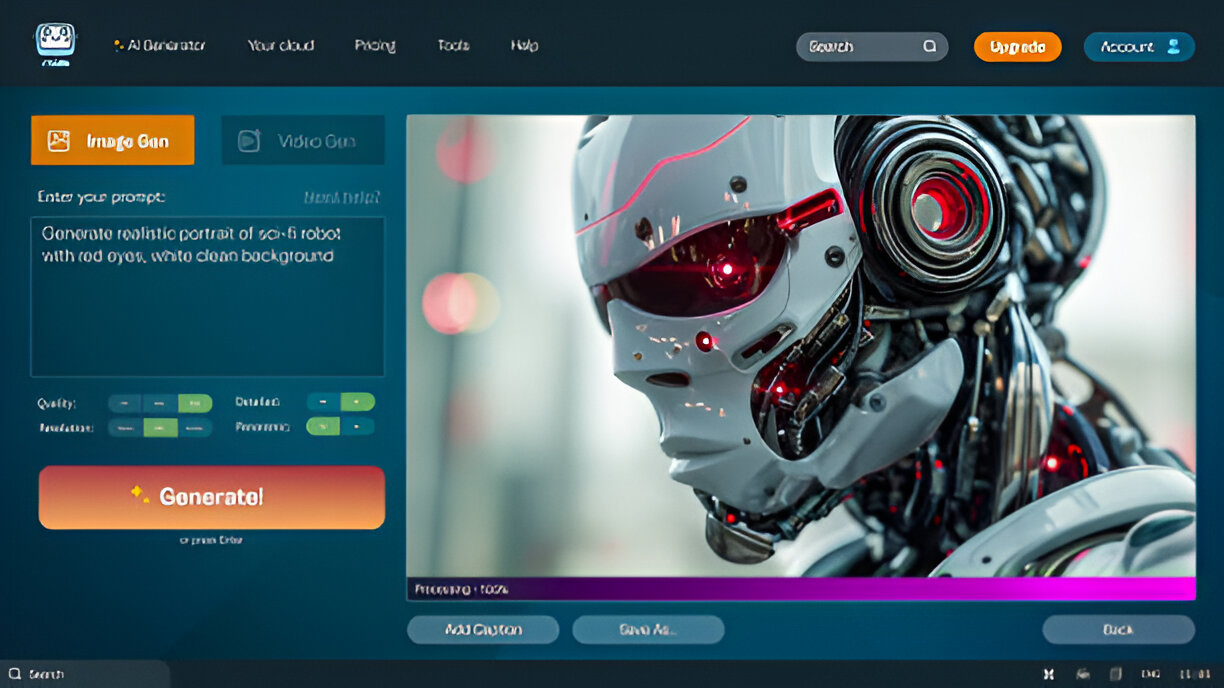Imagine a regional delivery company managing 50 vehicles across three states — when fuel prices spike unexpectedly or a driver takes an unplanned detour, every dollar impacts profitability. This scenario plays out daily for businesses operating vehicle fleets, where tracking expenses, controlling spending, and maintaining operational efficiency become critical challenges. Modern Fleet cards and Valero fueling options demonstrate how specialized payment solutions address these pain points through automated tracking, real-time controls, and substantial cost savings.
What Are Fleet Cards?
Fleet cards are specialized business payment tools that enable companies to control, track, and report on fuel and vehicle-related expenses in real time. Unlike traditional credit cards, these solutions provide granular transaction data, customizable spending limits, and automated expense reporting specifically designed for vehicle operations.
The Business Impact of Fleet Cards
Real-World Challenges Drive Adoption
Picture a plumbing service company with 15 service vans covering a metropolitan area. Before implementing a fuel card program, the owner struggled with receipt management, reimbursement delays, and no visibility into actual fuel consumption patterns. Drivers purchased fuel anywhere, sometimes paying premium prices at convenient but expensive stations. Monthly reconciliation took days, and detecting unauthorized purchases proved nearly impossible until credit card statements arrived weeks later.
This company's transformation mirrors thousands of businesses discovering how payment cards designed for fleets solve fundamental operational challenges. Real-time transaction alerts now flag unusual purchases immediately. Customized limits prevent non-fuel purchases at unauthorized locations. Most importantly, detailed reporting reveals which vehicles consume excessive fuel, indicating maintenance needs or inefficient routing.
When Unexpected Events Test Your Systems
Consider what happens when severe weather forces widespread route changes, or when fuel prices surge 30% in a month. Companies using traditional payment methods scramble to adjust budgets and track increased expenses. Those with specialized fuel management tools already have the data and controls needed to respond effectively. Purchase limits automatically prevent overspending, while real-time reporting shows exactly how operational changes affect costs.
Core Features and Controls
Automated Expense Tracking and Reporting
Modern fuel card platforms eliminate manual expense tracking through automated data capture at the point of purchase. Every transaction records the driver ID, vehicle number, odometer reading, gallons purchased, and price per gallon. This information flows directly into reporting dashboards, creating comprehensive expense records without paperwork.
Integration capabilities extend this automation further. Leading providers offer direct connections to accounting software, eliminating duplicate data entry. Fleet managers access customized reports showing spending by vehicle, driver, location, or time period. These insights reveal patterns impossible to detect through traditional expense management methods.
Spending Limits and Fraud Prevention
Purchase controls represent the most powerful security feature distinguishing specialized cards from general business credit. Administrators set multiple restriction layers:
Daily, weekly, or monthly spending caps per card
Transaction frequency limits preventing rapid successive purchases
Geographic boundaries restricting use to approved regions
Time-of-day restrictions matching operational schedules
Product category controls allowing only fuel, maintenance, or specific services
Real-time alerts notify managers instantly when transactions occur outside normal patterns. If a card typically used for local deliveries suddenly processes a transaction 500 miles away, the system flags this anomaly immediately. PIN requirements add another security layer, ensuring only authorized drivers make purchases.
Beyond Fuel: Maintenance and Multi-Service Capabilities
While fuel represents the primary expense category, comprehensive solutions extend to all vehicle-related costs. Drivers use the same card for oil changes, tire replacements, and emergency repairs. Some programs include roadside assistance, parts purchases, and even lodging for long-haul operations. This consolidation simplifies expense management while maintaining detailed tracking across all spending categories.
Improvements for Drivers and Managers
Eliminating Administrative Burden
Traditional expense reimbursement creates frustration for everyone involved. Drivers collect receipts, complete expense reports, and wait for reimbursement. Managers verify submissions, approve payments, and reconcile accounts. This process consumes hours weekly while introducing delays and errors.
Specialized payment solutions eliminate these inefficiencies entirely. Drivers simply present their card at participating locations — no personal funds required, no receipts to manage, no reimbursement delays. Managers receive organized expense data automatically, with all transaction details captured electronically. What previously required hours of administrative work now happens instantaneously.
Enhanced Driver Experience
From the driver perspective, these tools simplify daily operations significantly. Mobile apps show nearby participating stations with current prices, helping drivers find the best value. Digital receipts eliminate paper handling. Most importantly, drivers focus on their core responsibilities rather than expense administration.
The acceptance network proves crucial for driver satisfaction. Leading providers maintain relationships with thousands of stations nationwide, ensuring drivers always find convenient locations. Some programs include both branded stations and independent retailers, maximizing flexibility while maintaining negotiated discounts.
Cost Savings and Financial Benefits
Direct Savings Through Discounts and Rebates
Immediate cost reductions come through negotiated fuel discounts at participating locations. These savings typically range from 3 to 8 cents per gallon, though volume-based programs can achieve higher rebates. For a company purchasing 5,000 gallons monthly, even modest per-gallon savings translate to thousands in annual cost reduction.
Additional financial benefits accumulate through optimized purchasing behavior. When drivers know their purchases are tracked, they naturally become more conscious of spending. Data analytics reveal opportunities for route optimization, vehicle maintenance timing, and strategic fueling decisions based on price variations across locations.
Case Example: Regional Distribution Company
A regional food distributor operating 75 delivery trucks implemented a comprehensive fuel management program through their card provider. Within six months, they achieved:
18% reduction in overall fuel costs through rebates and optimized purchasing
25% decrease in unauthorized purchases through spending controls
40 hours monthly saved on expense administration
$127,000 annual savings from combined efficiencies
Beyond direct savings, improved cash flow management proved equally valuable. Extended payment terms provided additional working capital, while detailed reporting simplified budgeting and forecasting.
Security, Compliance, and Risk Reduction
Real-Time Monitoring Prevents Losses
Fuel theft and misuse represent significant risks for vehicle operations. Traditional payment methods offer little protection against unauthorized use. An employee using a company credit card for personal fuel purchases might go undetected for weeks or months.
Modern fuel management platforms provide multiple security layers preventing such losses. Real-time transaction monitoring identifies suspicious patterns immediately. Unusual purchase amounts, frequencies, or locations trigger automatic alerts. Administrators can instantly deactivate compromised cards through online portals or mobile apps, preventing further unauthorized use.
Compliance and Audit Support
Detailed transaction records support various compliance requirements. For companies claiming fuel tax credits, comprehensive purchase documentation proves essential. International Fuel Tax Agreement (IFTA) reporting becomes straightforward when every gallon purchased is automatically recorded with location and vehicle information.
Audit trails capture every system action, from card activation to limit modifications. This transparency protects against internal fraud while demonstrating proper controls to auditors, insurers, and regulators. Some providers offer fraud liability protection, further reducing financial risk.
Future Trends: Electric Vehicles and Integration
Adapting for Electric Fleet Transformation
As businesses incorporate electric vehicles into their fleets, payment solutions evolve accordingly. Leading providers now include EV charging capabilities, allowing the same card for both traditional fuel and electric charging. This flexibility proves essential during transition periods when fleets operate mixed powertrains.
Charging introduces new complexities compared to traditional fueling. Session duration, kilowatt-hour rates, and peak pricing variations require different tracking approaches. Advanced platforms capture these metrics while maintaining unified reporting across all vehicle types. Integration with telematics systems enables sophisticated analysis of energy efficiency, optimal charging times, and total cost of ownership comparisons.
Selecting and Onboarding a Fleet Card Solution
Essential Evaluation Criteria
Choosing the right provider requires careful consideration of several factors:
Network coverage matching your operational geography
Control features aligning with security requirements
Integration capabilities with existing business systems
Reporting functionality meeting analytical needs
Fee structures and rebate programs
Customer support availability and responsiveness
Mobile app functionality for drivers and managers
Request demonstrations focusing on your specific use cases. Evaluate user interfaces for both administrative and driver functions. Consider scalability — ensure the solution accommodates growth without requiring platform changes.
Implementation Process
Successful onboarding typically follows a structured approach. Initial setup involves establishing account hierarchies, defining user roles, and configuring spending controls. Card distribution requires coordinating with drivers, ensuring everyone understands usage policies and procedures.
Training proves critical for maximizing value. Administrators need comprehensive understanding of reporting tools, control settings, and exception management. Drivers require clear instructions on card usage, PIN security, and mobile app features. Most providers offer training resources including videos, documentation, and live support during implementation.
Start with pilot programs involving select vehicles or departments. This approach allows refinement of controls and processes before full deployment. Monitor early transactions closely, adjusting limits and restrictions based on actual usage patterns. Regular reviews ensure controls remain aligned with operational needs while maximizing security and efficiency.
Common Questions About Fleet Card Programs
How Do Purchase Restrictions Work?
Purchase restrictions operate through merchant category codes and product-level controls. Administrators specify allowed categories such as fuel, maintenance, or repairs. Advanced systems enable granular restrictions — for example, allowing fuel purchases but blocking convenience store items at the same location. Time-based restrictions prevent weekend purchases for vehicles used only during business hours. Geographic boundaries restrict purchases to specific states or regions.
Are Fleet Cards Accepted Everywhere?
Acceptance depends on the card type and provider network. Closed-loop cards work only at specific branded stations, offering deeper discounts but limited flexibility. Open-loop cards function anywhere accepting major credit networks, providing maximum coverage but potentially lower rebates. Many businesses choose hybrid solutions combining both card types to balance savings with convenience.
Can One Card Cover Both Fuel and Maintenance?
Most modern programs support multiple expense categories through single cards. Administrators configure each card's capabilities individually — some might allow only fuel, while others include maintenance, repairs, and additional services. This flexibility eliminates the need for multiple payment methods while maintaining precise spending control.
What Analytics and Reporting Options Exist?
Reporting capabilities vary significantly between providers. Basic platforms offer standard transaction reports and monthly summaries. Advanced solutions provide customizable dashboards, automated report scheduling, and predictive analytics. Key metrics include cost per mile, fuel efficiency trends, driver behavior patterns, and maintenance scheduling optimization. Integration with telematics and GPS systems enables correlation between fuel consumption and routing efficiency.
The transformation from traditional expense management to automated fuel and vehicle payment solutions represents more than technological advancement — it fundamentally changes how businesses operate their fleets. Companies gain unprecedented visibility into spending patterns, implement precise controls preventing waste and fraud, and achieve measurable cost reductions through rebates and optimized purchasing. As transportation evolves with electric vehicles and new mobility models, these platforms continue adapting, ensuring businesses maintain operational efficiency regardless of how their fleets change. The question isn't whether to implement such solutions, but rather which features and providers best align with specific operational needs and growth objectives.




Want to add a comment?